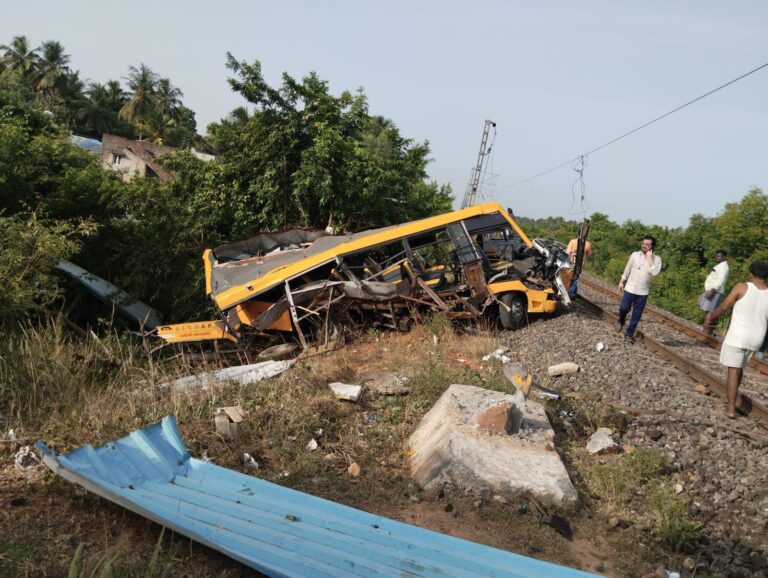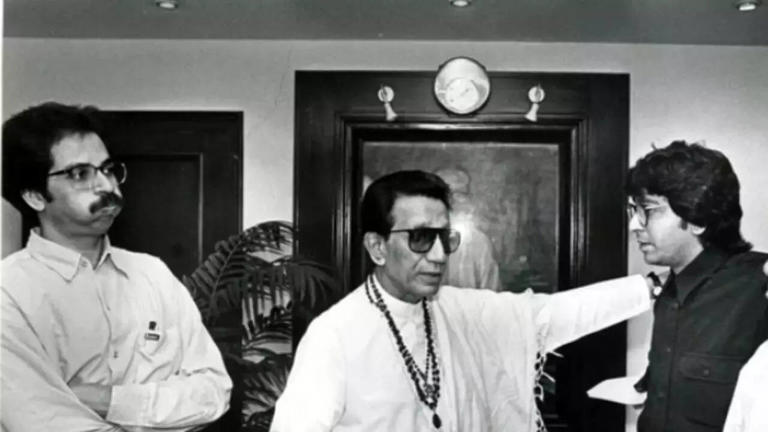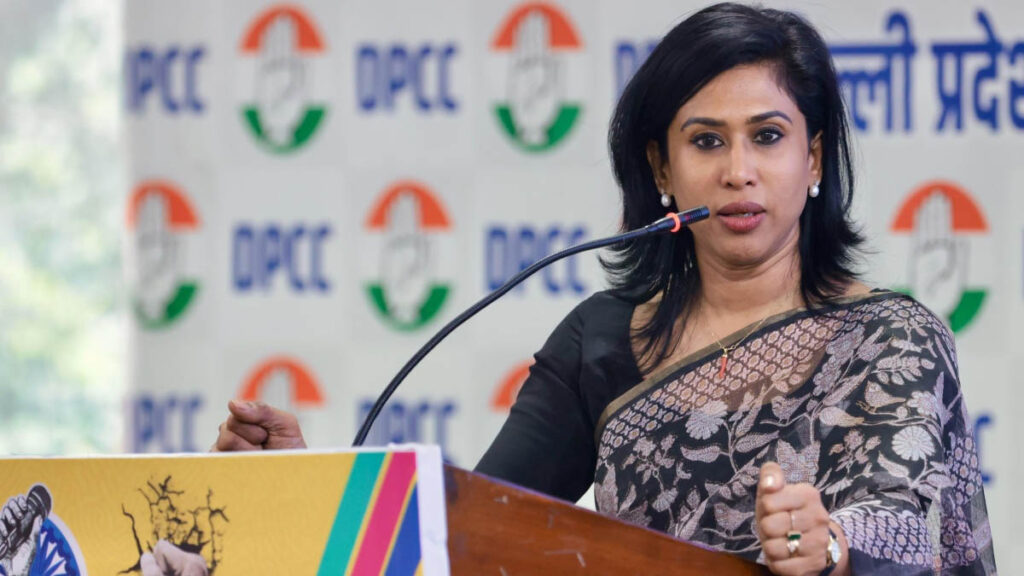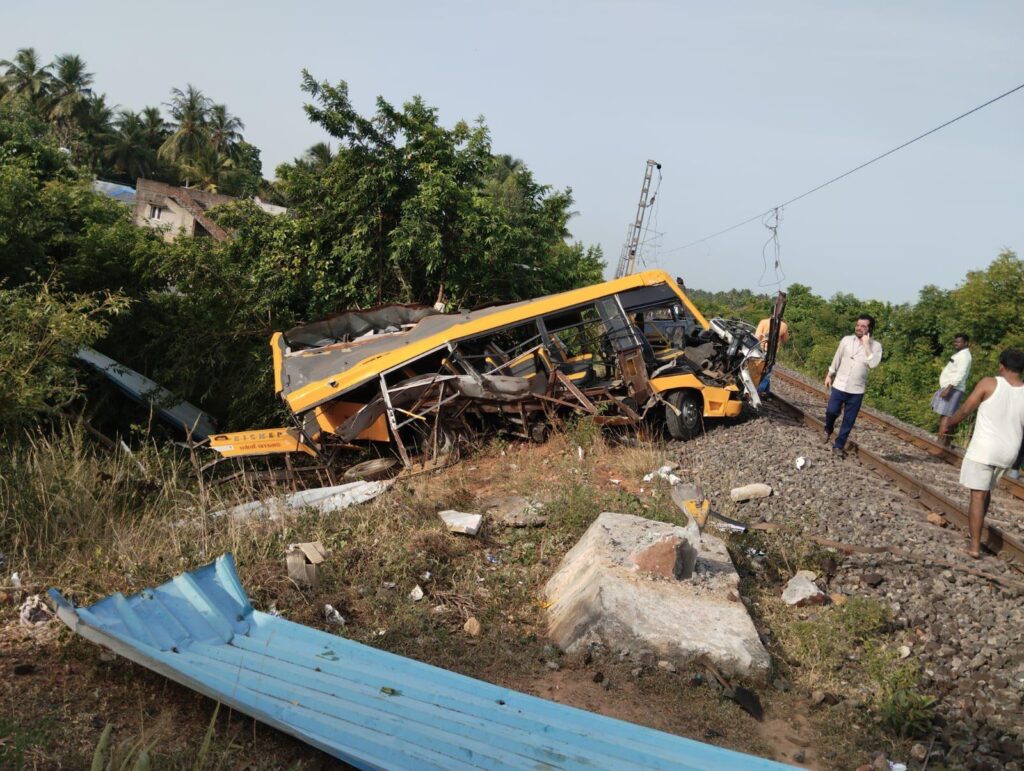US Vice President JD Vance on Escalating Tensions and Global Perspectives
The India-Pakistan conflict has been a long-standing issue, rooted in historical,
political, and territorial disputes, particularly over the region of Kashmir. By May 9,
2025, tensions between the two nations have escalated significantly, drawing global
attention. Reports indicate that India has launched “Operation Sindoor,” targeting
terror bases in Pakistan, as a response to ongoing security threats. This military
operation has heightened the risk of a larger conflict, prompting reactions from
international figures and experts.
US Vice President JD Vance on Non-Intervention
The United States, a key global player, has made its position clear on the
India-Pakistan conflict. On May 9, 2025, US Vice President JD Vance stated that the
conflict is “fundamentally none of our business.” Speaking on behalf of the US
government, Vance emphasized a policy of neutrality, suggesting that while the US
can encourage both nations to de-escalate tensions, it will not intervene directly.
He further noted that the US cannot dictate terms to either India or Pakistan,
stating, “We can try to encourage these folks to de-escalate a little bit… but we’re
not going to get involved in the middle of a war that’s fundamentally none of our
business.”
US Vice President JD Vance :
— Times Algebra (@TimesAlgebraIND) May 9, 2025
"We’re not going to get involved in the middle of war that’s fundamentally none of our business"
Pakistan stands alone !!pic.twitter.com/BAw34do5A7
This stance reflects the US government’s broader approach of avoiding
entanglement in regional conflicts unless directly tied to its national interests. For
India and Pakistan, this means they must navigate their tensions without expecting
active US mediation or military involvement.
Ex-US Pilot Dale Stark’s Perspective on Indian and Pakistani Forces
Amidst the escalating conflict, a former US Air Force pilot named Dale Stark shared
his perspective, offering a unique viewpoint based on his experience. Stark, who has
flown with both Indian and Pakistani fighter pilots during his career, expressed
confidence in the Indian forces. In a statement on May 9, 2025, he remarked, “I’ve
flown with both Indian and Pakistani fighter pilots during my career. I’ll just say my
money’s on the Indians if this continues to escalate.”
I’ve flown with both Indian and Pakistani fighter pilots during my career. I’ll just say my money’s on the Indians if this continues to escalate.
— Dale Stark (@DaleStarkA10) May 7, 2025
His assessment highlights the perceived strength and skill of Indian fighter pilots,
which could play a significant role if the conflict intensifies. Stark’s comments come
at a time when India has launched Operation Sindoor, a military operation aimed at
dismantling terror bases in Pakistan. This operation underscores India’s proactive
stance in addressing security threats, but it also raises concerns about further
escalation and the potential for a broader military confrontation between the two
nuclear-armed nations.
What This Means for the Future of India-Pakistan Relations
The current developments in the India-Pakistan conflict, combined with
international reactions, paint a complex picture for the future. The US policy of
non-intervention, as articulated by Vice President JD Vance, signals that India and
Pakistan must resolve their issues bilaterally or through other diplomatic channels,
such as the United Nations. However, the absence of a major mediator like the US
could prolong tensions, especially as military actions like Operation Sindoor
continue to fuel the conflict. Meanwhile, Dale Stark’s confidence in Indian fighter
pilots suggests that India may have a strategic advantage in any potential military
escalation, which could embolden its approach but also provoke a stronger
response from Pakistan. For the international community, the primary concern
remains the risk of nuclear escalation, given that both nations possess nuclear
capabilities. Moving forward, de-escalation efforts, possibly through dialogue or
third-party mediation, will be crucial to preventing a full-scale war and ensuring
stability in South Asia.





















